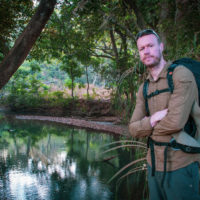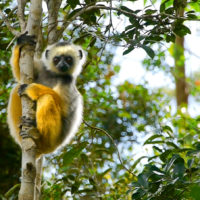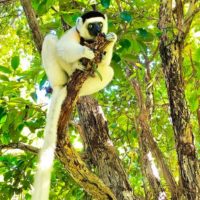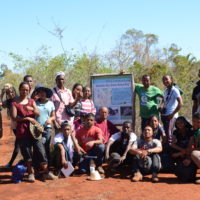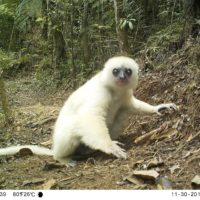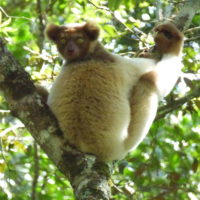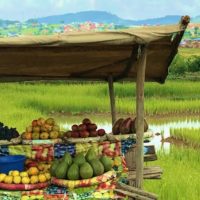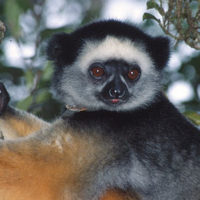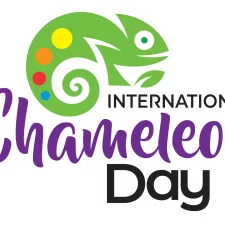Can you tell us about your past adventures? CP: I have over 15 years of remote travel and expedition experience and have completed many different long distance treks all over the world. Over the last 3 years I’ve undertook and focused on my biggest challenge to date called ‘The Wildest Journey’. This was my mission to walk the length of Africa’s wildest rivers from source to sea in the battle against wildlife crime. In 2016-17, I walked for 3000 km […]
